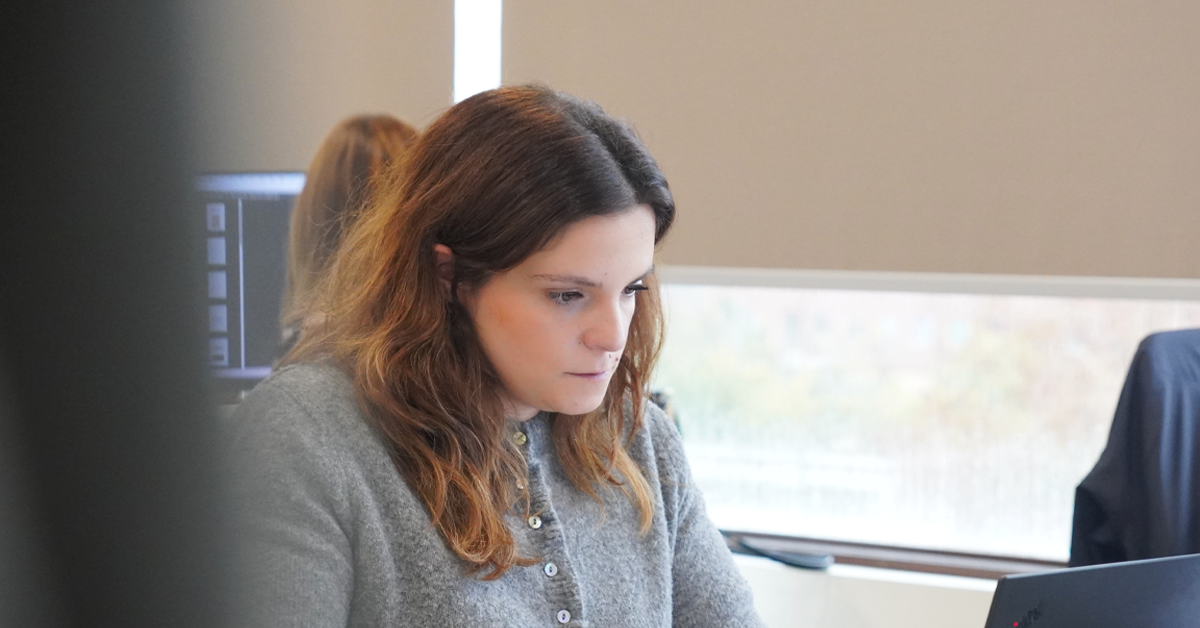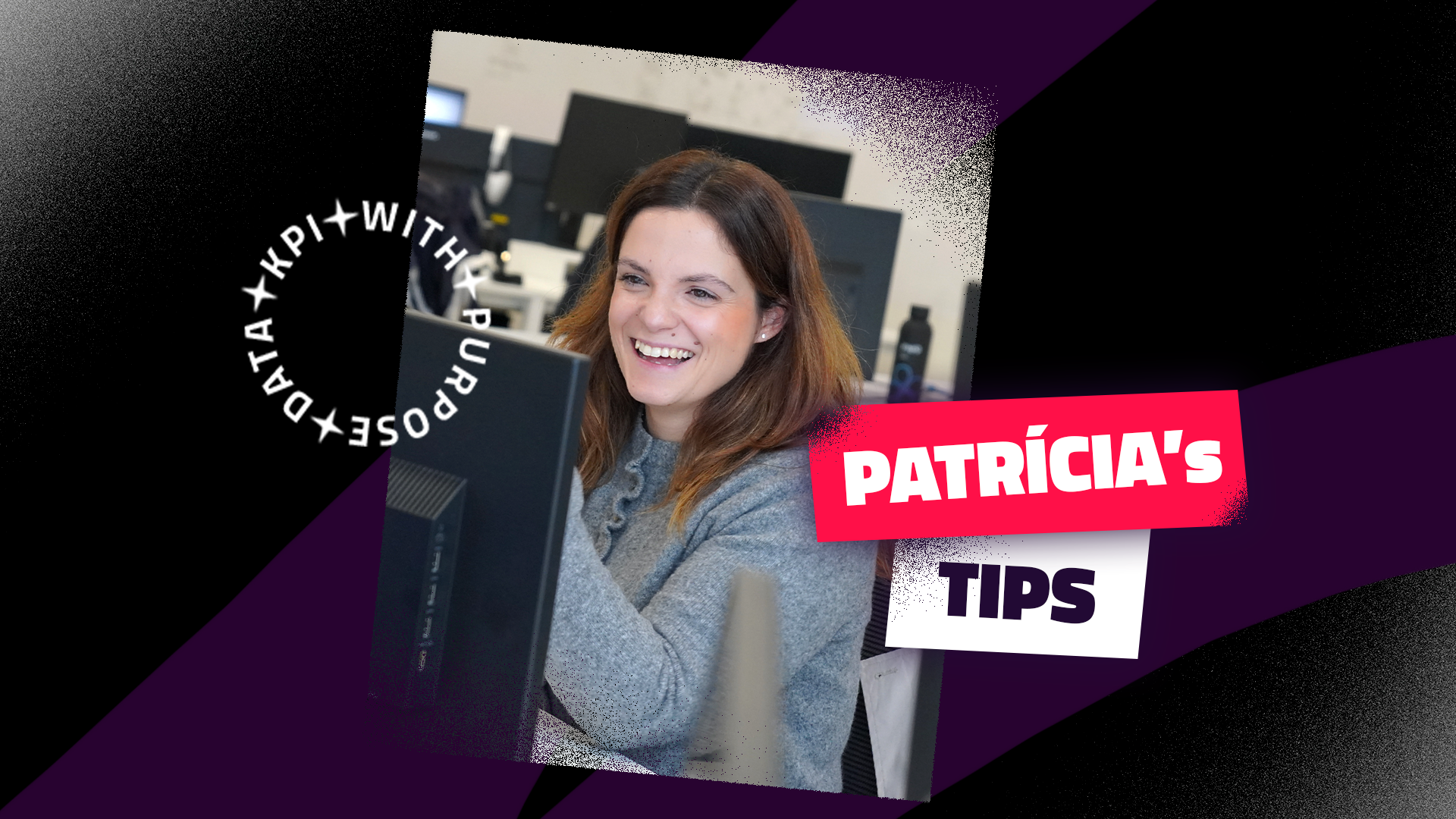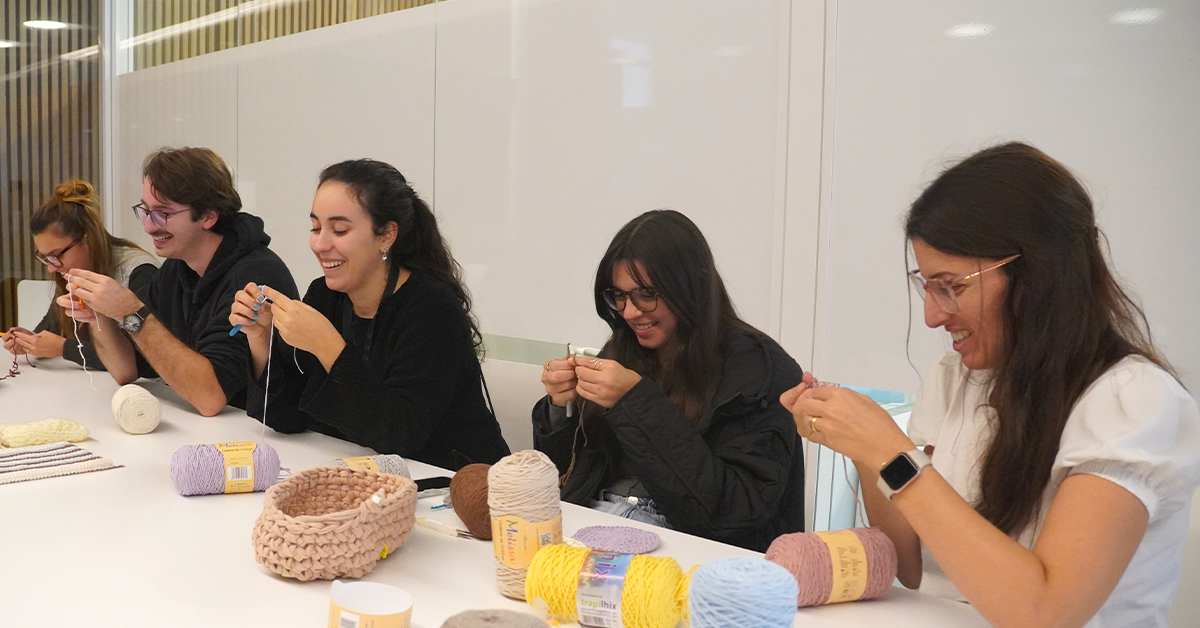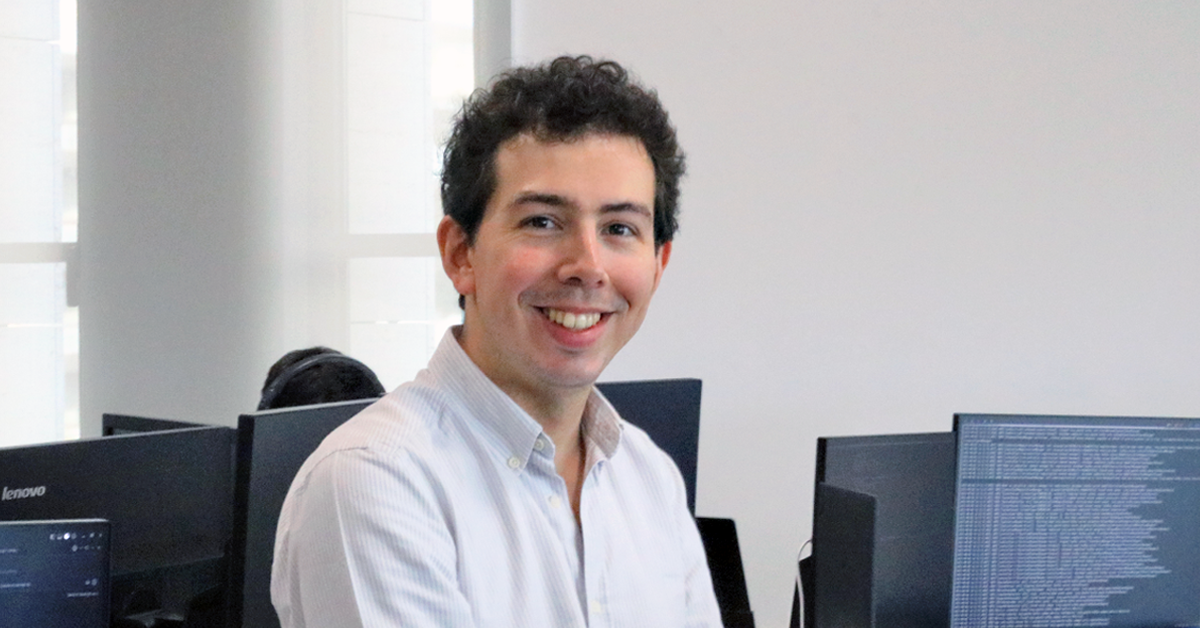6 tips to turn data into operational improvement in casino game development - Patrícia’s Tips
Fabamaq, as a technology company specialised in casino game development based in Porto, works on complex products where a poorly chosen metric can delay important decisions. Our Gamer, Patrícia Vale, Senior Performance & Optimization Specialist, presents a guide to turn data into sustainable operational gains.
In six points, this article covers the end-to-end game creation process, from problem to validation: defining the challenge, aligning Key Performance Indicators with efficiency and quality, establishing a review routine, involving the people who execute, communicating impact, and verifying results. It is a practical reference for teams in a software house that operates to the standards of the best IT companies in Portugal.
Why doesn’t so much data lead to change?
Metrics, reports and dashboards surround us. Yet important decisions are still made based on perceptions. The issue is not a lack of numbers, but the absence of a method to turn data into consistent action. As a Senior Performance & Optimization Specialist, Patrícia sees this up close: teams that measure a lot but improve little. The path is to clarify the problem, carefully choose what to measure, establish a cadence of follow-up, involve those who execute, communicate the impact, and confirm the results. The tips below show how to apply this day-to-day.

1. Start with the problem, not the data
Before opening the spreadsheet, define the challenge precisely. What symptoms have been observed? What is the impact on the customer, efficiency and quality? Which processes are involved? Which decisions depend on this analysis?
When you start with the problem, data collection stops being generic and becomes targeted. A simple example: instead of measuring everything about a process’s performance, focus the measurement on the step where waiting time increased in the last 30 days and link the analysis to a concrete decision such as rebalancing capacity, adjusting prioritisation criteria or improving input quality.
Apply today: write a decision question. Instead of “How much do we produce per week?”, use “What capacity adjustments do we need to reduce cycle time by 20% without affecting quality?”
2. Choose metrics that move the needle
Not all KPIs are relevant and not all drive change. Look for indicators directly linked to efficiency, quality and user satisfaction. Avoid vanity metrics that look nice on the dashboard but do not influence decisions. Define each metric with objective, formula, data source, periodicity and owner. A clear metric reduces discussion and accelerates action.
Practical tip: work with a few primary metrics per objective. If you want to reduce incidents, select defect rate per release, mean time to resolve and impact by severity. Keep supporting metrics, but do not let them distract from the essentials.
3. Make follow-up a routine, not a reaction
Continuous improvement is born from consistency. Set a simple cadence, such as a 30-minute weekly review, and keep the discipline. The meeting is not to redo analysis. It is to take decisions based on what is already prepared. Use a stable format: objective, weekly variation, likely cause, decision taken, responsible and target date. You can record decisions and follow-up in the same document to avoid losing context.
Minimum viable tool: a traffic-light board that shows trend and impact. Green stable, yellow attention, red immediate action. The goal is to create a management reflex that anticipates problems, not one that reacts when it is already late.

4. Involve the people who execute the process
The best solutions come from those who live the problem. Include operational teams in diagnosis and in validating improvements. Instead of presenting closed solutions, bring hypotheses and ask for feedback. Short workshops, gemba walks and controlled tests help reduce risk and increase adoption. When the team participates, change stops being an imposition and becomes a commitment.
Make it concrete: define a core team for each improvement, with decision-makers and executors. Clarify roles and limit parallel work. Small changes tested quickly are worth more than big plans that never leave the page.
5. Communicate impact, not just numbers
A good report explains what changed, why it changed and what value was created. Talk about tangible results such as reduced rework, shorter cycle time, fewer critical incidents and positive user feedback. Link the improvement to product strategy and organisational goals. Avoid jargon, show before and after, use real examples.
Recommended format: a one-pager with problem, hypothesis, experiment, result and decision. Add what we learned and what will change in the process. This narrative is more effective than dozens of context-less charts.
6. Measure impact after implementation
Many initiatives fail in the follow-up phase. The same data that helped identify the problem should confirm the solution’s effectiveness. Schedule a review at 30 and 90 days to validate whether the gain is sustained. If it is not, revisit the hypothesis and adjust. The objective is not to prove the initial idea was perfect, but to guarantee sustainable results.
Good practice: define from the start how you will measure success and the minimum acceptable threshold. Without this definition, it is easy to declare victory too early.

Quick checklist to move from analysis to action
- Clarify the problem and the decision you intend to make.
- Define three to five primary KPIs with owner, formula and target.
- Schedule short reviews with a fixed cadence and recorded decisions.
- Involve the people who execute for co-creation and testing.
- Communicate results focused on value for the business and the user.
- Revalidate impact at 30 and 90 days with the same metrics.
Where does data become impact?
Improving performance is a living process that combines data, collaboration and learning. The faster you link analysis to action, the closer you get to operational excellence. The question is no longer whether you have enough data, but whether you are turning them into real change. Start small, keep the cadence, measure impact and share what you learn. The rest follows.
Explore more at Fabamaq
If this way of working resonates with you and you want to build a career in a leading technology company in Porto, check our opportunities. Do not miss Marcelo Silva’s tips, Technical Artist at Fabamaq, and discover 7 tips to optimise visual performance in casino games.



